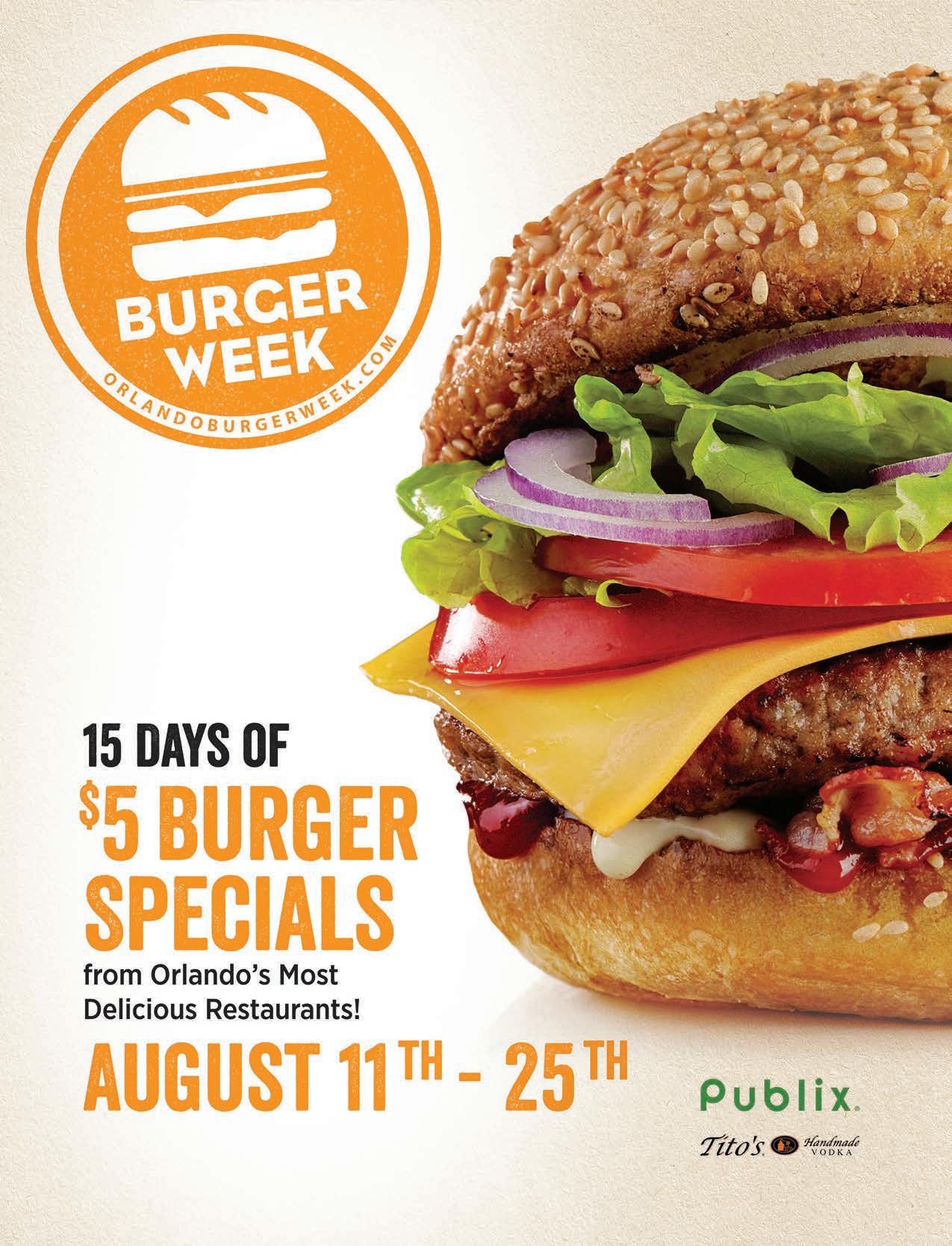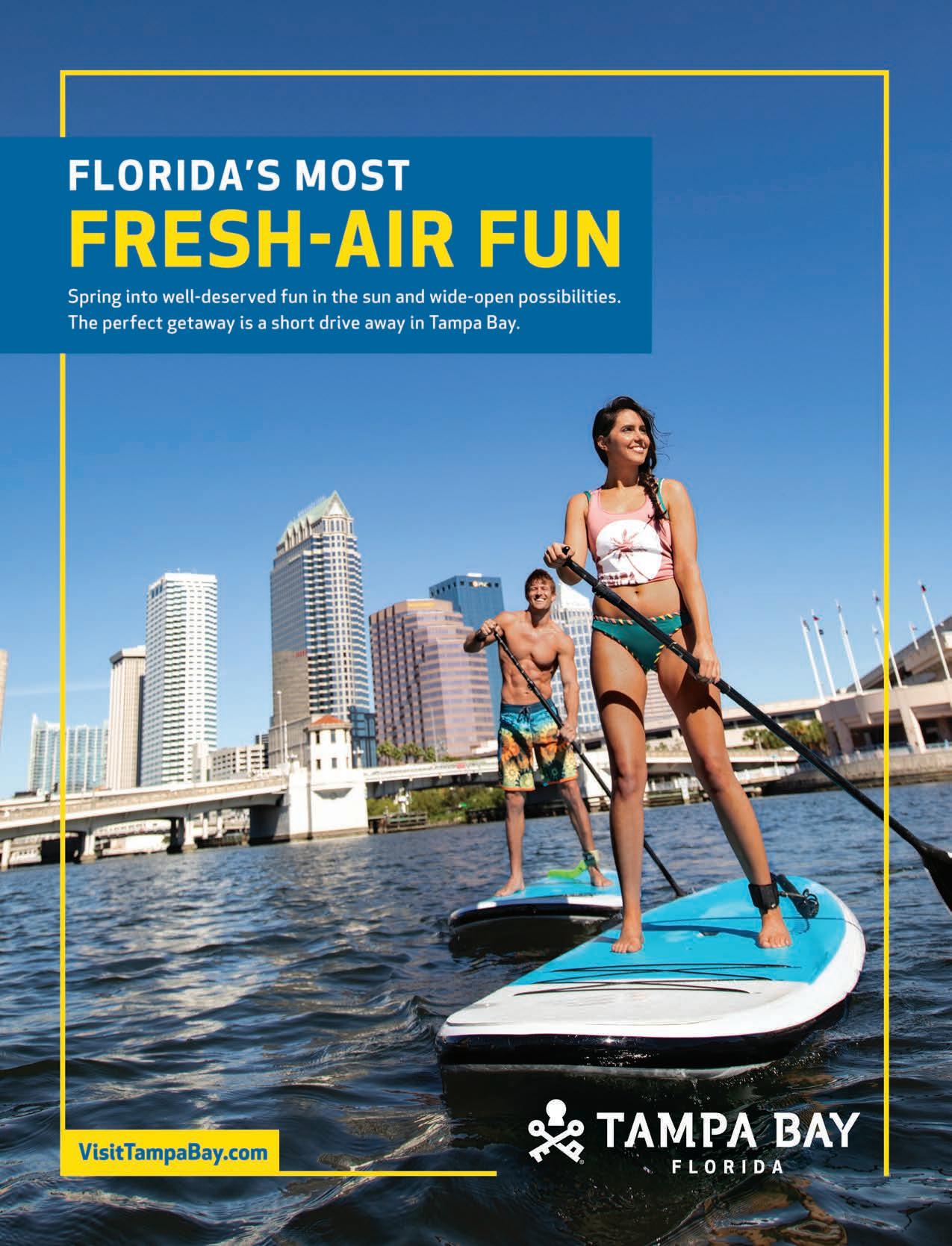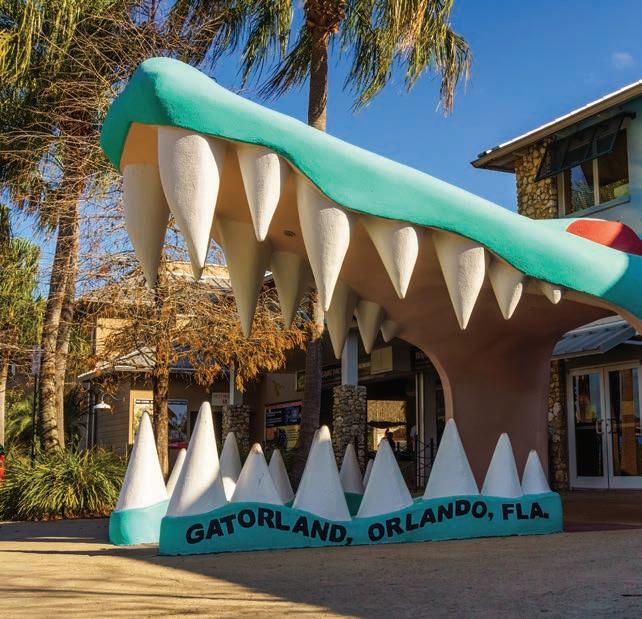
3 minute read
Letter from the Editor
One thing about Orlando residents: For the most part, they’re pretty happy to be here. And that city spirit carries over into neighborhood pride in a big way.
The concept of Orlando as a city of neighborhoods really took off in 2008, when Mayor Buddy Dyer and the City Council created the Orlando Main Street Districts, in coordination with the federal Main Street America project. Today, in addition to yeoman newspapers like the West Orange Observer and College Park’s Community Paper, there are new hyper-local online publications like the Bungalower and the 32789, devoted to covering their ’hoods only.
Advertisement
But of course, the city was separated into neighborhoods long before the Main Streets — between the realtors, the developers, the public works and the residents themselves, there was already a patchwork of nicknames, some more official than others. As you can see from the map on the opposing page, the City of Orlando is keeping track of Rowena Gardens, Wedgewood Groves and Coytown, even if you’ve never used or even heard those names.
As we watched over the years, Little Vietnam morphed into the Vimi, referring to the area around Virginia Drive and Mills Avenue. Then (around the time the old Mills-Nebraska lumber yard was sold to be developed as Mills Park) it started being called Mills 50. When the Ivanhoe Village and Mills 50 Main Street Districts popped up, their business memberships could feel counterintuitive — a brewery in Ivanhoe Village could be closer to Mills Avenue than Ivanhoe Row. Meanwhile, if you looked at an official city of Orlando map, you’d see these areas marked Colonialtown and “Park Lake/Highland”; on a National Historic Districts map, parts would be claimed in the Lake Ivanhoe Historic District. Huh?
Understandably, all of this overlap and multiple naming gave rise to a lot of confusion, and since we write primarily about what’s happening in all of these neighborhoods, the letters started flowing into our inboxes. While everyone loves to celebrate Orlando’s neighborhoods, no one can quite seem to agree on what they’re called.
Here’s a recent example: I received an email March 10 saying, “I’ve noticed that the city has recently started putting up signs in various neighborhoods including ‘Curry Ford West.’ I’m curious what the resistance is from the city to recognize the area as it’s known by residents and businesses: the Hourglass District. Even your publication refers to it as Curry Ford West. Has this been investigated before? … Curry Ford West is so boring and no one actually refers to it as such.”
The director of Orlando’s Curry Ford West Main Street District might take issue with that last statement. In the meantime, it’s worth noting that what used to be just a commuter pass-through corridor has indeed flourished into an amazing neighborhood — but the Hourglass moniker is a bit of fairy dust sprinkled by developers Giovanni and Elise Fernandez as they developed the Hourglass Social House, now a focal point of the area. “The owner of Orlando-based developer National Real Estate LLC wanted to transform a building northeast of Bumby Avenue and Curry Ford Road to revitalize an older neighborhood near downtown,” reported the Orlando Business Journal in January 2020. “He and project architect Ryan Young of Orlando-based design/builder Interstruct Inc., looked at a map and noticed a nearby lake with two vertically stacked ovals. So, as a placeholder, Fernandez called the area the Hourglass District.” We have to add at this point that the “lake with two vertically stacked ovals” had a well-established name — Lake Hourglass.
All of this is to say: It’s not an exact science; just roll with it and relish the opportunities Orlando throws your way to eat, drink and play. We’ve been publishing our annual City Guide since 2012, and it’s been a blast watching the city grow and evolve. So what do you think about Orlando’s neighborhoods? What do you enjoy most about your neighborhood? I want to hear from you on this topic, and any other you care to discuss.




